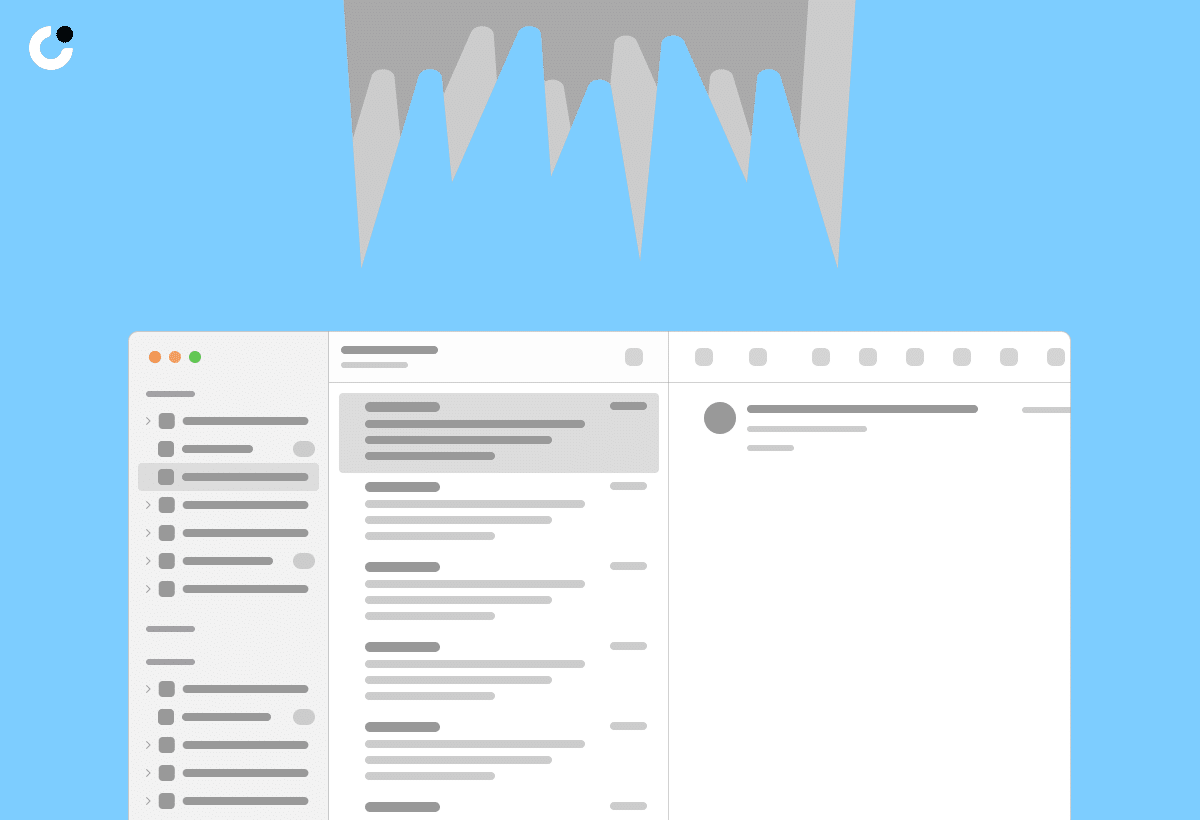Have you ever wondered how some businesses seem to effortlessly generate leads, build relationships, and grow their network? The secret might be in their mastery of cold emailing.
This comprehensive guide will walk you through the art of crafting compelling cold emails that get results. You’ll learn everything from understanding the importance and challenges of cold emailing to writing personalized opening lines, creating impactful subject lines, and optimizing your cold email campaigns for success.
Short Summary
Cold emailing is an effective way to build relationships and generate leads.
Crafting a successful cold email requires personalized research, content, value proposition, social proof & CTA tailored to the recipient’s needs.
Optimize your campaign by A/B testing elements, tracking metrics and following up with valuable messages.
Understanding Cold Emailing

Cold emailing remains a valuable tool for building relationships and generating leads, but it requires a strategic approach and understanding of its challenges. Despite the growth of social media and other communication channels, cold emailing is still one of the most effective ways to reach out to potential clients, partners, or employers.
In recent years, a large number of cold email softwares have come out that help schedule, manage and track your cold email campaigns. These are important tools because you don't want to use your mail CRM or domain for sending cold outreach.
That said, the process of writing cold emails can be daunting, especially if you’re new to the game. Crafting an effective cold email requires a combination of research, creativity, and understanding of the recipient.
The Importance of Cold Emails
Cold emails play a crucial role in initiating business relationships, offering solutions, and creating opportunities for growth. These types of emails come with many pros and cons. When done right, a single cold email can open the door to new clients, partnerships, or job opportunities. However, crafting an effective cold email is an art that requires skill, research, and a deep understanding of your target audience.
In other words, sending generic, cookie-cutter emails won’t cut it. You must tailor your message to resonate with your recipient and demonstrate genuine interest in their needs or pain points.
By emphasizing a commonality or expressing gratitude, you can increase the chances of your cold email resonating with the recipient and achieving the desired outcome. With a well-crafted value proposition and social proof, your cold email can generate results such as up to 22% more replies and B2B sales conversion rates between 1% and 5%.
Challenges of Cold Emailing
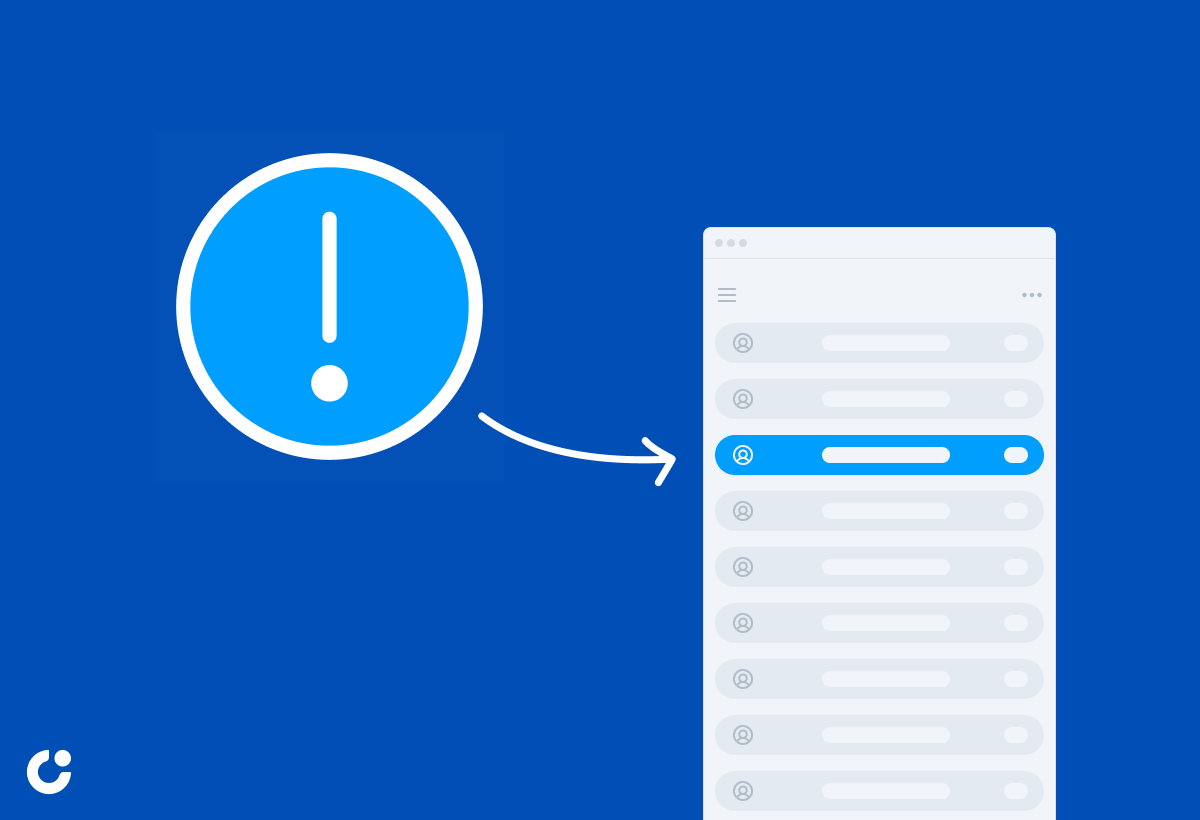
The challenges of cold emailing include low open rates, spam filters, poorly targeted lists, and the need for personalization to stand out in crowded inboxes. A poorly written subject line can result in your email being disregarded or classified as spam, which can impact your email deliverability. To overcome these challenges, it’s essential to craft effective cold email subject lines that grab the recipient’s attention. Rest assured, the benefits of cold email far outweigh the challenges.
Beginners often ask the same questions about cold email:
- How long should be cold emails be?
- How many cold emails should I send per day?
- How to introduce yourself in a cold email?
- How do I end my cold emails?
- How do I send without getting blocked?
- How do I make money with cold emails?
Personalization is essential to differentiate yourself in congested inboxes and enhance open rates. A personalized cold email with a subject line and content tailored to the recipient’s needs will have a higher chance of being opened and read. By addressing specific pain points and offering a solution, you show genuine interest in the recipient and increase the likelihood of a favorable response. Tools like chatGPT have made this personalization more possible than ever.
Crafting a Compelling Cold Email
Crafting a compelling cold email involves researching prospects, creating impactful subject lines, and writing personalized opening lines (aka copywriting). Wielding the power of personalization can mean the difference between your email being opened or sent straight to the trash.
To make your cold email stand out, you need to learn how to cold email effectively by tailoring your message to the recipient’s needs and interests, which starts with thorough research. Frameworks like AIDA & BAB can make this easier.
Research Your Prospects
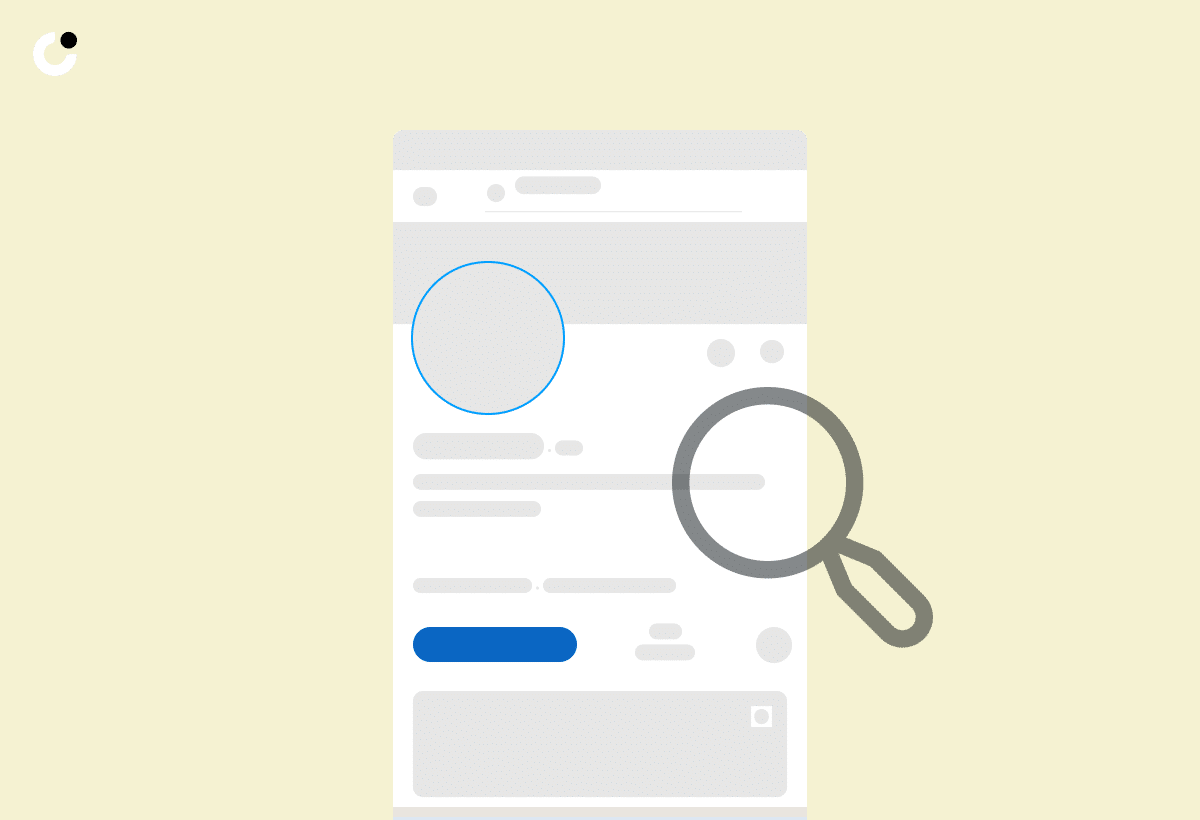
Researching your prospects helps you understand their needs and tailor your message accordingly, increasing the chances of a positive response. By gaining an understanding of their needs, you can customize your message to address their pain points and offer a solution that resonates with them.
Dig into your prospect’s company news, personal stories shared on LinkedIn, podcasts, or media appearances to find common ground or shared experiences that can help you create a tailored opening line. Lead databases like Apollo, Sales Navigator, and more can make this process easier. The more you know about your prospects, the more likely you are to create a meaningful connection and drive engagement in your funnel.
Create an Impactful Subject Line
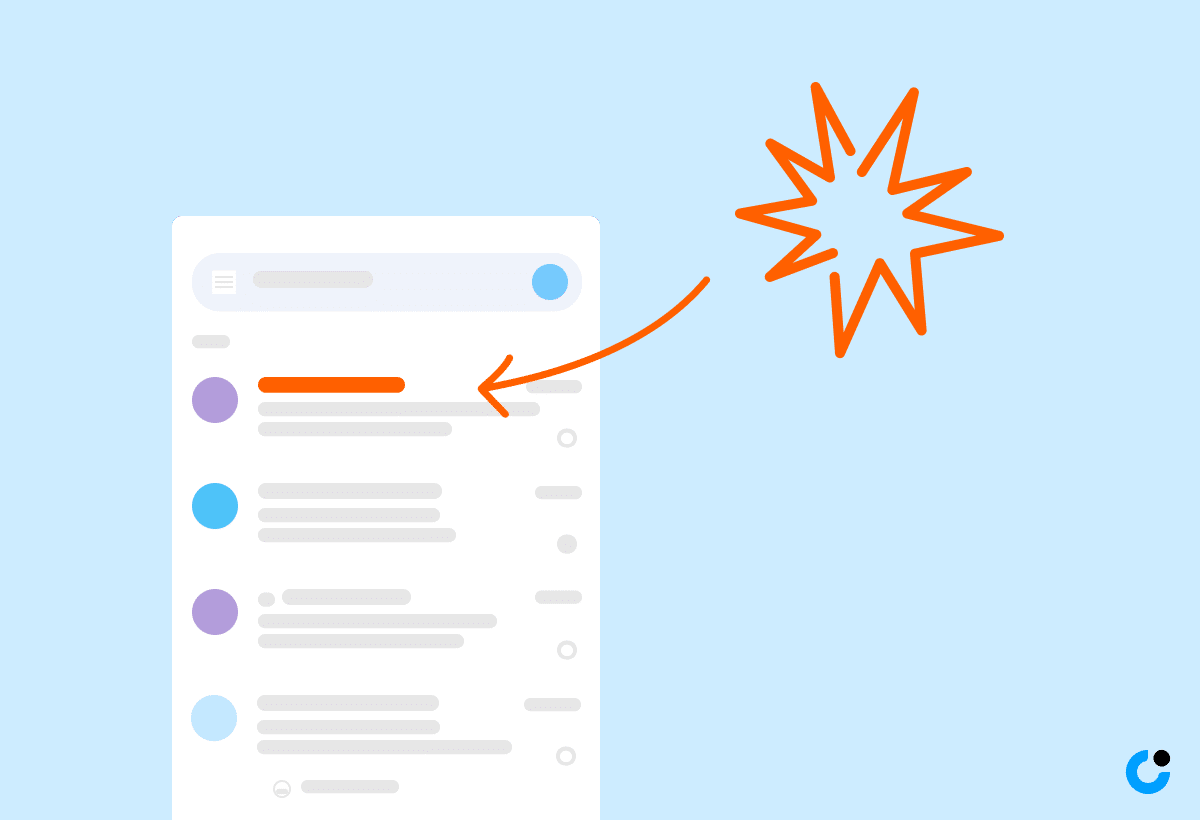
An impactful subject line grabs the recipient’s attention and encourages them to open the email, increasing open rates. The subject line is your first impression, and it can make or break your chances of getting your email read. To create a captivating subject line, consider posing a question, highlighting how you can provide assistance, or highlighting a common problem.
Avoid misleading, clickbait, or impersonal subject lines, as these can damage your credibility and send your email straight to the spam folder. Instead, focus on crafting a subject line that accurately reflects the content of your email body and speaks directly to the recipient’s needs or interests.
Write a Personalized Opening Line

A personalized opening line demonstrates genuine interest in the recipient and sets the tone for a meaningful conversation. The opening line is your chance to show that you’ve done your homework and understand the prospect’s pain points or needs. It should be concise and relevant, focusing on the commercial motives for contacting the recipient. A personalized opening line is a great icebreaker.
Incorporating the recipient’s name and using a pattern interrupting introduction are effective ways to capture their interest and motivate them to continue reading (cold email generators, like lyne, can help you do this at scale). By establishing a personal connection from the start, you increase the likelihood that your message will be read and, ultimately, that the recipient will engage with you.
Essential Components of a Successful Cold Email
A successful cold email includes a clear value proposition, social proof, and a strong call-to-action. Each of these components plays a crucial role in capturing the recipient’s attention, building trust and credibility, and motivating them to take the desired action.
Creating an effective cold email marketing campaign requires careful consideration of each of these elements. The value proposition should be a value proposition.
Value Proposition
The value proposition should focus on the benefits your product or service offers to the recipient, addressing their specific needs or pain points. By clearly articulating the advantages of your offering and how it can solve the recipient’s problems, you demonstrate your understanding of their needs and create a compelling case for why they should engage with you.
When crafting your value proposition, be precise and results-driven. Vague benefits will weaken your message and reduce the likelihood of the recipient taking action. Instead, focus on tangible outcomes and real-world examples that demonstrate the value you can deliver.
Social Proof
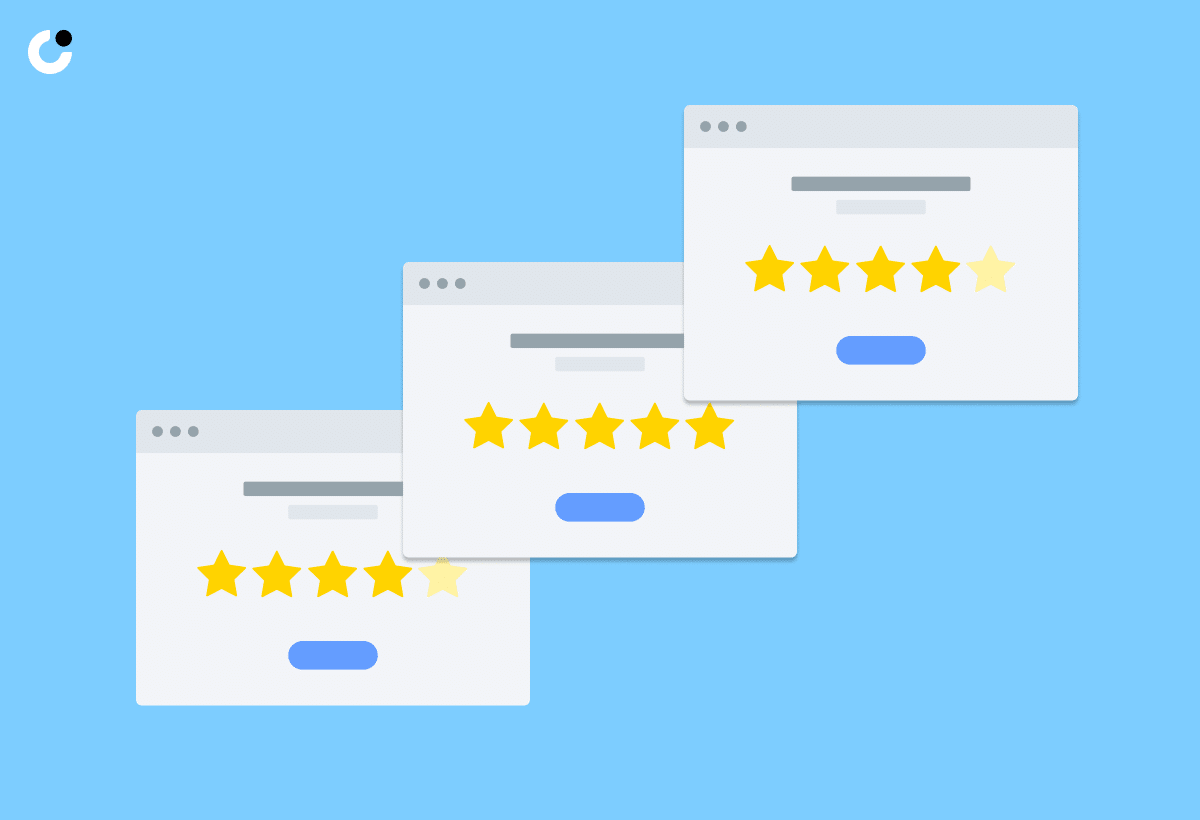
Social proof, such as client testimonials or industry awards, helps build trust and credibility with your prospects. By showing that others have found value in your product or service, you reassure the recipient that you are a reliable and trustworthy partner.
Incorporating customer reviews, case studies, awards, and industry recognition into your cold email is a great way to leverage social proof. This can help overcome potential skepticism and persuade the recipient to take the desired action (and avoid getting no response).
Call-to-Action (CTA)
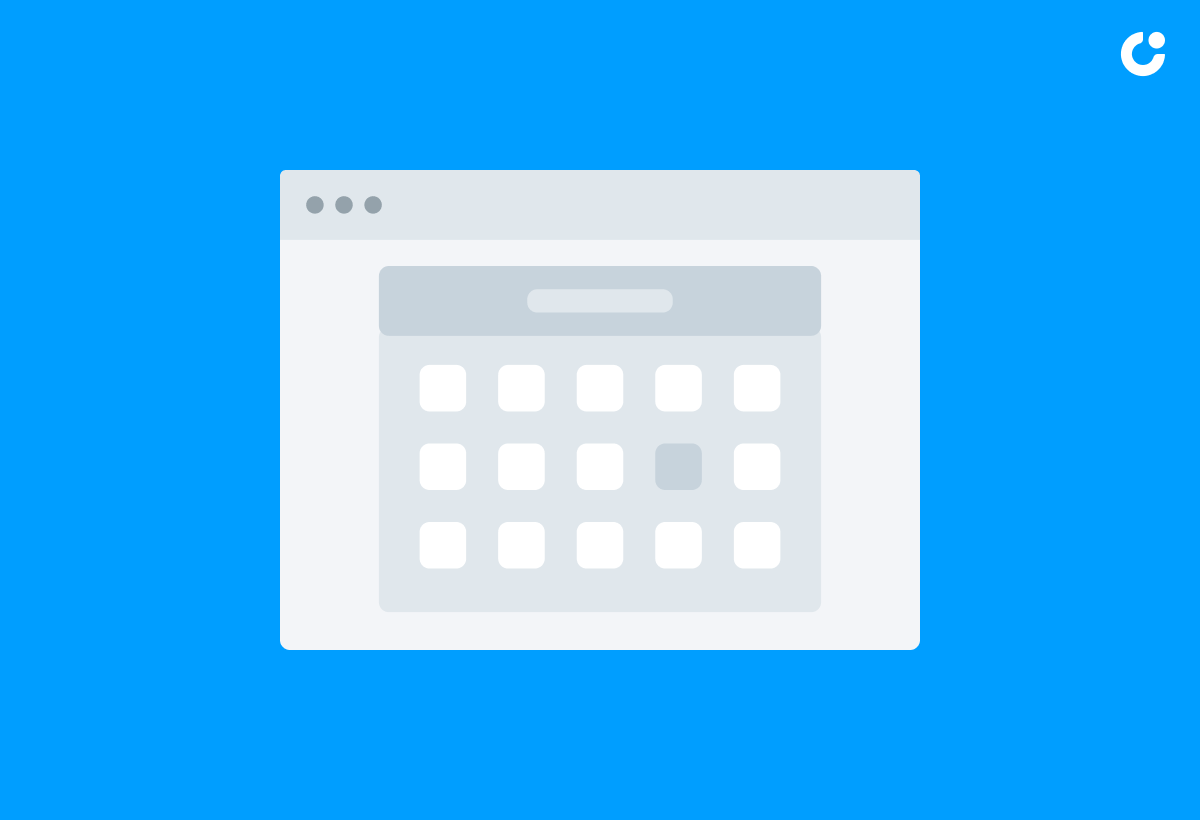
A clear and concise call-to-action encourages the recipient to take the desired action, such as scheduling a call or requesting more information. A strong CTA should clearly state what you want the recipient to do and provide a reason for doing so. Avoid generic phrases like “get in touch” or “let’s chat.” Instead, be specific and results-oriented, such as “schedule a 15-minute call to discuss how we can help you achieve X% growth” or “request a free trial to experience the benefits firsthand.”
By making it easy for the recipient to take the next step, you increase the likelihood of a successful outcome.
Cold Email Templates for Various Scenarios
Cold email templates can be adapted for various workflows, including connecting with potential consulting clients, networking opportunities, finding mentors, and job or internship inquiries. Having a collection of tried-and-true templates in your swipe file can save you time and ensure that your messages are consistent and effective.
When crafting a cold email, it’s important to write a cold email that is concise and to the point, starting with an effective cold email subject line.
Connecting with Potential Clients
A cold email template for potential clients should focus on addressing their pain points and offering a solution, followed by a call-to-action. By demonstrating a clear understanding of the recipient’s challenges and how your product or service can help, you increase the chances of a positive response through effective cold email outreach.
Here's some different industries that cold email can work well in:
- SaaS
- Startups
- Cybersecurity
- Graphic Design
- Art Directors
- Casting Directors
- Web Design
- Hedge Funds
- Venture Capitol
- Real Estate
- Law Firms
- Insurance
- Sponsorships
Make sure your template is adaptable, allowing you to customize the message for each prospect while maintaining a consistent structure. This will ensure that your cold emails remain relevant and engaging, maximizing your chances of success. If your cold emails aren't getting the response you want - you can try to use use cold email alternatives.
Networking Opportunities
Networking cold emails should aim to establish a connection through common interests or shared experiences, and propose a meeting or call. By finding common ground, you demonstrate genuine interest in building a relationship and increase the likelihood of a positive response.
Here are some different people you can connect with via cold email:
- Professors
- Doctors to Shadow
- Investors
- Venture Capitalist's
- Talent Agents
- Art Directors
- Casting Directors
- Recruiters on LinkedIn
Tailor your template to highlight shared experiences, mutual connections, or common interests, and make it clear that you’re genuinely interested in getting to know the recipient. For example, you could offer to pay and have a coffee chat. This will help you stand out from the countless other cold emails they receive and increase your chances of success.
Job and Internship Inquiries
Job and internship inquiries should include the following:
- Introduction of the sender
- Expression of interest in the position
- Highlighting of relevant skills
- Attachment of a resume or portfolio
These emails should be concise and focused, showcasing your qualifications and enthusiasm for the role. Some examples include legal internships, informational interviews, investment banking internships, and shadowing doctors.
Customize your template to highlight your unique skills and experience, and make it easy for the recipient to understand why you’re a strong fit for the position. By demonstrating your value and passion for the role, you increase your chances of standing out from the competition and making a lasting impression.
Optimizing Your Cold Email Campaign
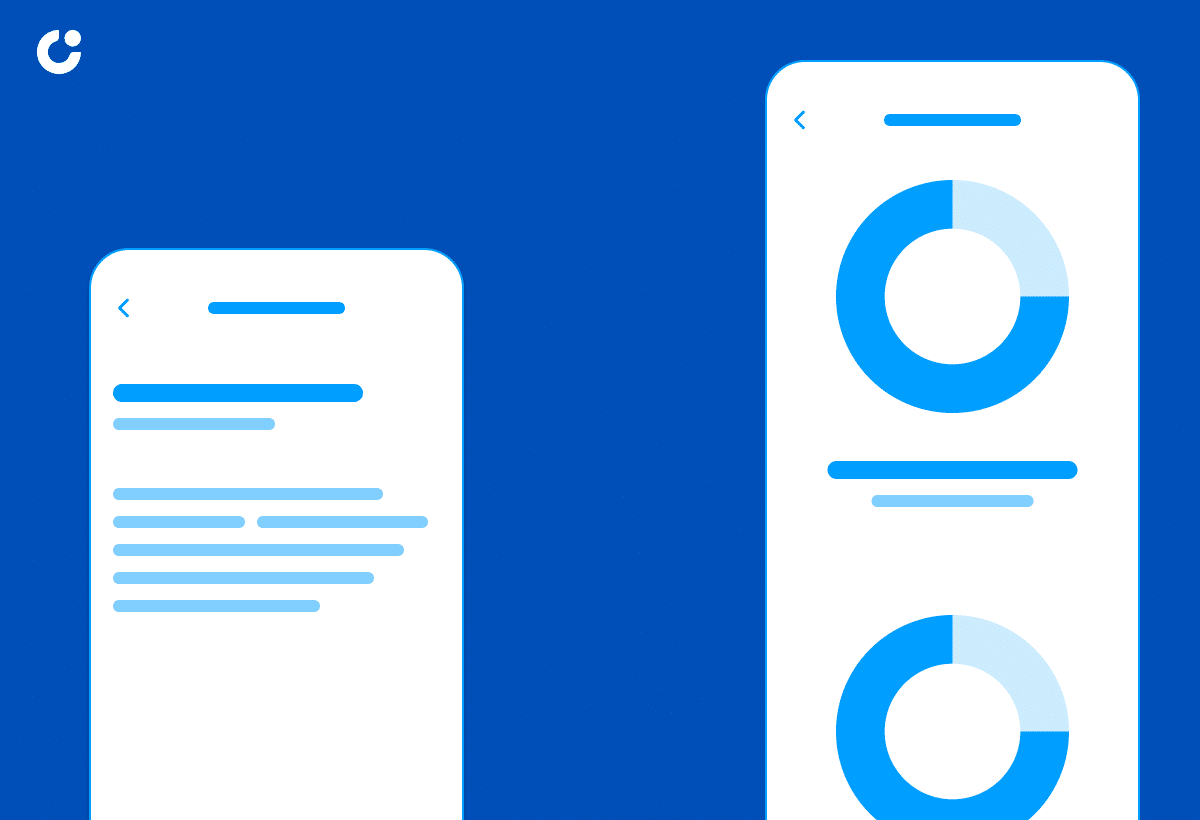
Optimizing your cold email campaign involves A/B testing, tracking metrics, and mastering the art of following up with a cadence. By continually refining your approach and learning from your results, you can ensure that your cold email efforts are as effective as possible. Also, make sure you're using spintax, a cold email checker, or a checklist so that you're campaigns are consistently getting delivered.
A/B testing allows you to compare different versions of your emails to determine which one performs better. When you're sending mass outreach, one small tweak can make a big difference in your results.
A/B Testing
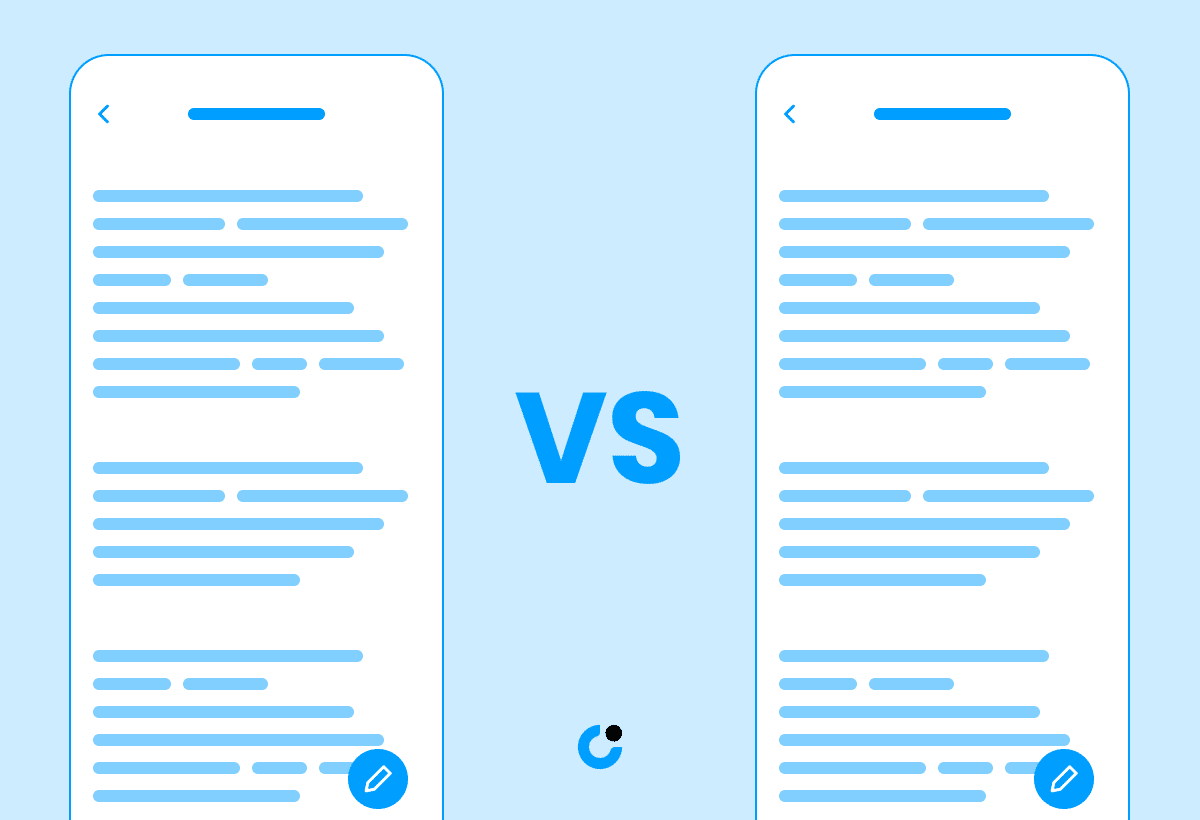
A/B testing different subject lines, email content, and CTAs helps identify the most effective strategies for your target audience. By comparing the performance of different elements, you can make data-driven decisions and continually refine your approach to achieve better results. Testing custom outreach elements like GIFs, memes, videos, looms, and email signatures is always a good idea.
When conducting A/B tests, be sure to test one element at a time and use a large enough sample size to ensure reliable results. This will help you understand the impact of each change and make more informed decisions about your cold email strategy. You can also test your changes using a cold email grader.
Tracking Metrics
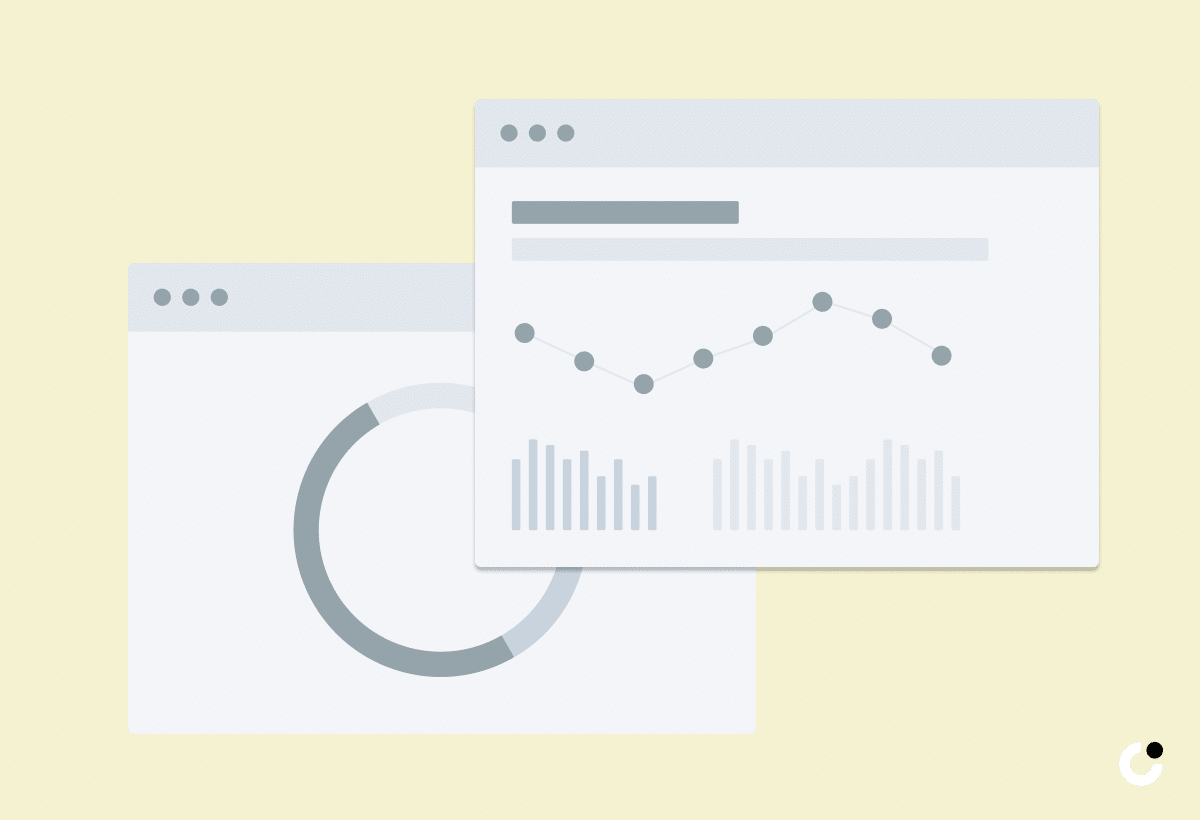
Tracking KPIs such as open, click-through, and response rates provides valuable insights into the success of your cold email campaign. By monitoring these metrics, you can identify areas for improvement and optimize your approach to achieve better results.
Consistently track your metrics and analyze the data to identify trends, patterns, and areas for improvement. This will help you make more informed decisions about your cold email strategy and ensure that you’re continually refining your approach. This is the most crucial step if you want to become a cold email expert.
The Art of Following Up
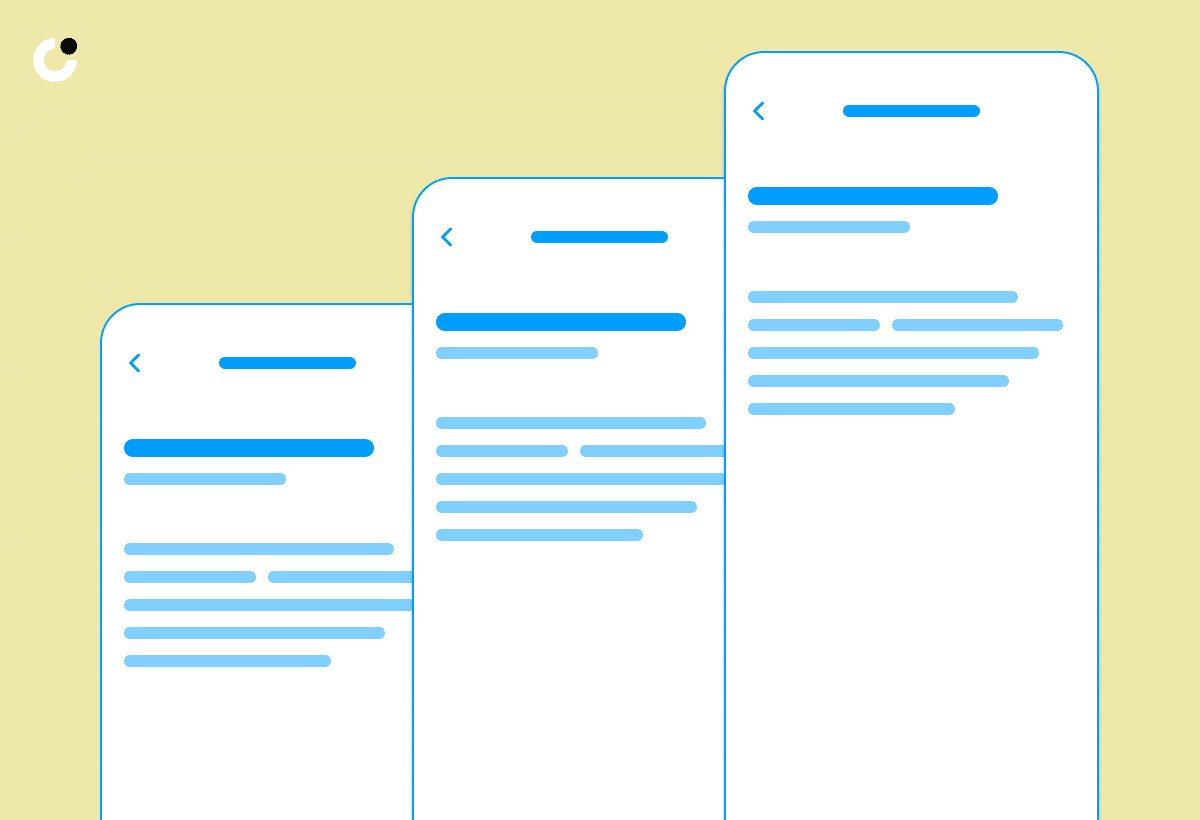
Following up on cold emails is essential for maintaining engagement and increasing response rates, but it should be done thoughtfully and with added value in each message. Sending follow up emails at the right frequency can result in up to 22% more replies, making it a crucial component of a successful cold email campaign.
You follow-ups should always come in a logical sequence. You can think of your cold email follow-ups similar to drip-campaigns in traditional email marketing.
When following up, avoid simply reiterating your initial message or coming across as overly pushy. Instead, provide additional value by sharing new information, offering insights, or addressing potential objections. Also ensure you are following proper cold email etiquette. This will help you maintain the recipient’s interest and increase the likelihood of a positive response.
Summary
In conclusion, mastering the art of cold emailing is a powerful skill that can open doors to new opportunities, relationships, and growth. Check out cold email tips, books, and courses (or our free ebook) if you want to learn more about cold email. You can also reach out to a studio if you want professional help.
By understanding the challenges of cold emailing, crafting compelling messages, and optimizing your campaign through A/B testing, tracking metrics, and thoughtful follow-ups, you can maximize the impact of your cold email efforts and achieve lasting success.
Resources
- Cold Email Warm Up
- Cold Email White Label
- Cold Email Whitepaper
- Cold Email Webinar
- Worst cold email examples
- Cold email vs cold call
- Cold email vs warm email
Frequently Asked Questions
What does cold email mean?
Cold emailing is the practice of sending personalized emails to people without a prior connection in order to build relationships and pitch products or services. It is a common tool used in sales outreach, lead generation, and SEO by many companies. Cold emails are typically sent using dedicated email sending domains - to ensure the safety of a companies main domain.
Is cold emailing illegal?
Is cold emailing illegal? Cold emailing B2B is legal when the rules and regulations established are followed (CAN-SPAM & GDPR, for example). Cold emailing B2C is much greyer of an area. For this reason you need to be careful sending emails to gmail, yahoo, and other personal email providers. To remain compliant, make sure to only contact individuals who have a legitimate interest in what you have to offer.
What should cold emails be?
Cold emails should be written in a professional tone, making a connection with the reader and highlighting their needs. Focus on customer pain points and how your product can help solve those problems. You can always hire an outreach specialist to help you craft your emails.
Showing a clear benefit in the first sentence is key to making a good impression and ensuring that the reader continues to read the email. You should only send cold emails to qualified prospects. You can find qualified prospects on LinkedIn, Twitter (X), Upwork, and more.
Does cold email actually work?
So, does cold email actually work? Some people think cold email is dead or that they don't work - but with the right approach and persistence, businesses can open a wider market for their products and boost their consumer base. It can also be used effectively in affiliate marketing.
Check out some quotes of what others say about cold email. By crafting a compelling message and targeting the right audience, businesses can increase their chances of success. It is important to remember that cold emailing is a numbers game. The stats about cold email prove this.
If you're having a hard time making your cold emails work, it might be worth hiring a cold email agency to conduct cold email as a service on your behalf.
What is a cold email example?
Hey [first name], I wanted to reach out because [explain how you found them and how you relate to them: talked to a colleague, saw a post on LinkedIn, etc.].
Let’s explore how [name of your business] can specifically help your business.
The cold email template above is an example of when you find a publicly-available email address for someone you’ve never met and send them a message or contact an influencer you’ve never met asking for feedback on an article. Most of the best cold emails ever received (like these to Mark Cuban) don't feel like a cold email at all.
Can I cold email from my CRM or Email List?
No, you should never cold email directly from your CRM or list. CRMs like HubSpot and Salesforce & ESPs like Mailchimp and ActiveCampaign, do not allow cold emailing from their platforms. You need to use a dedicated cold email sending tool.

